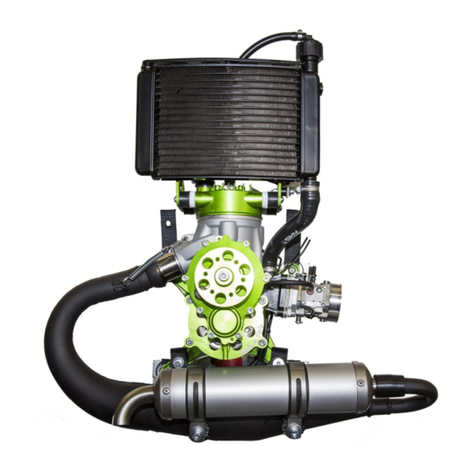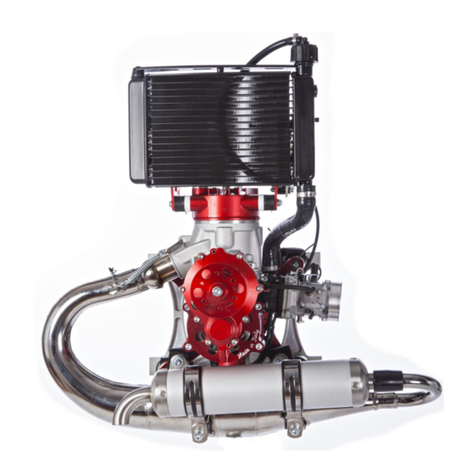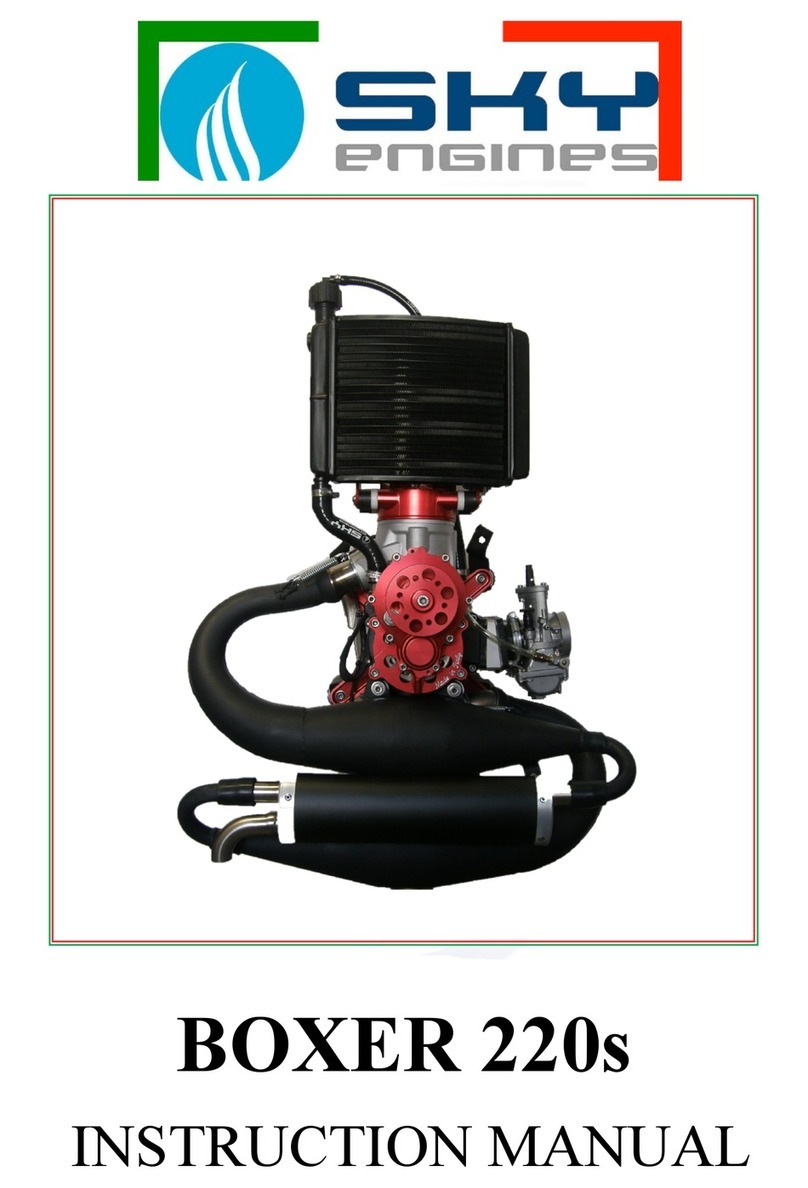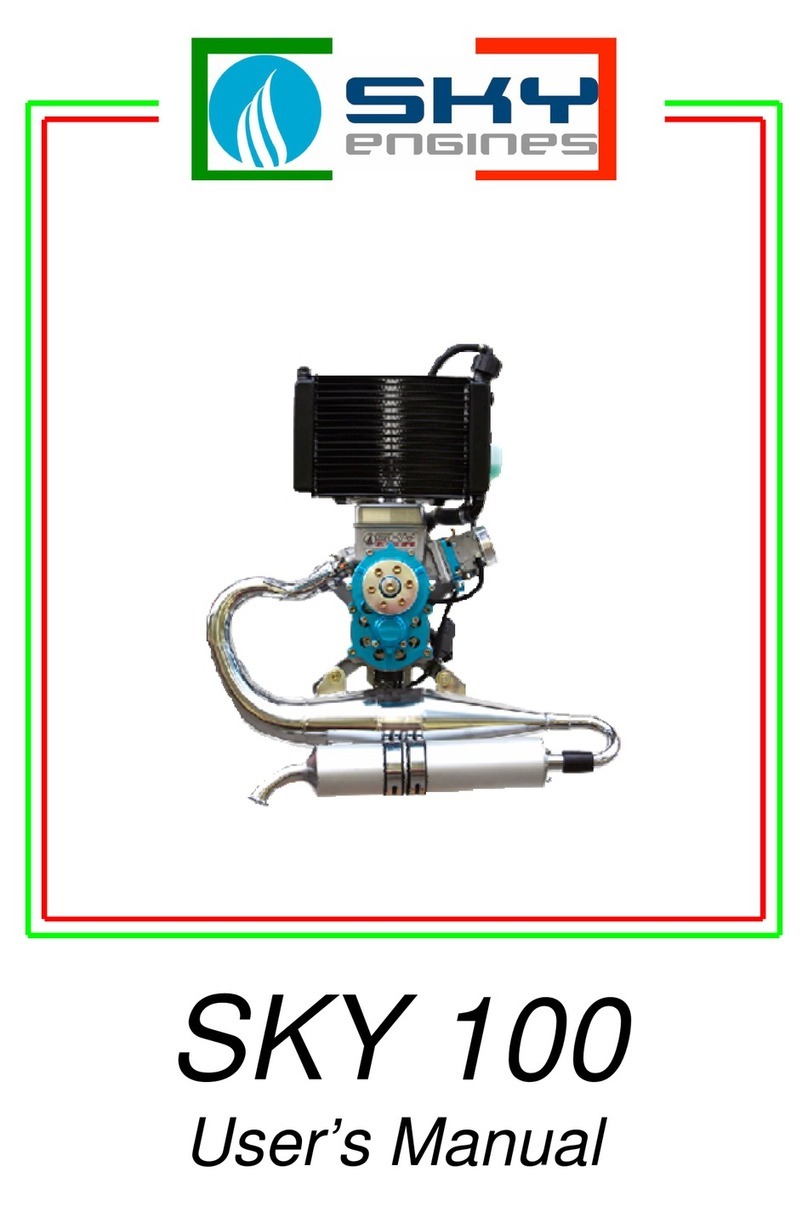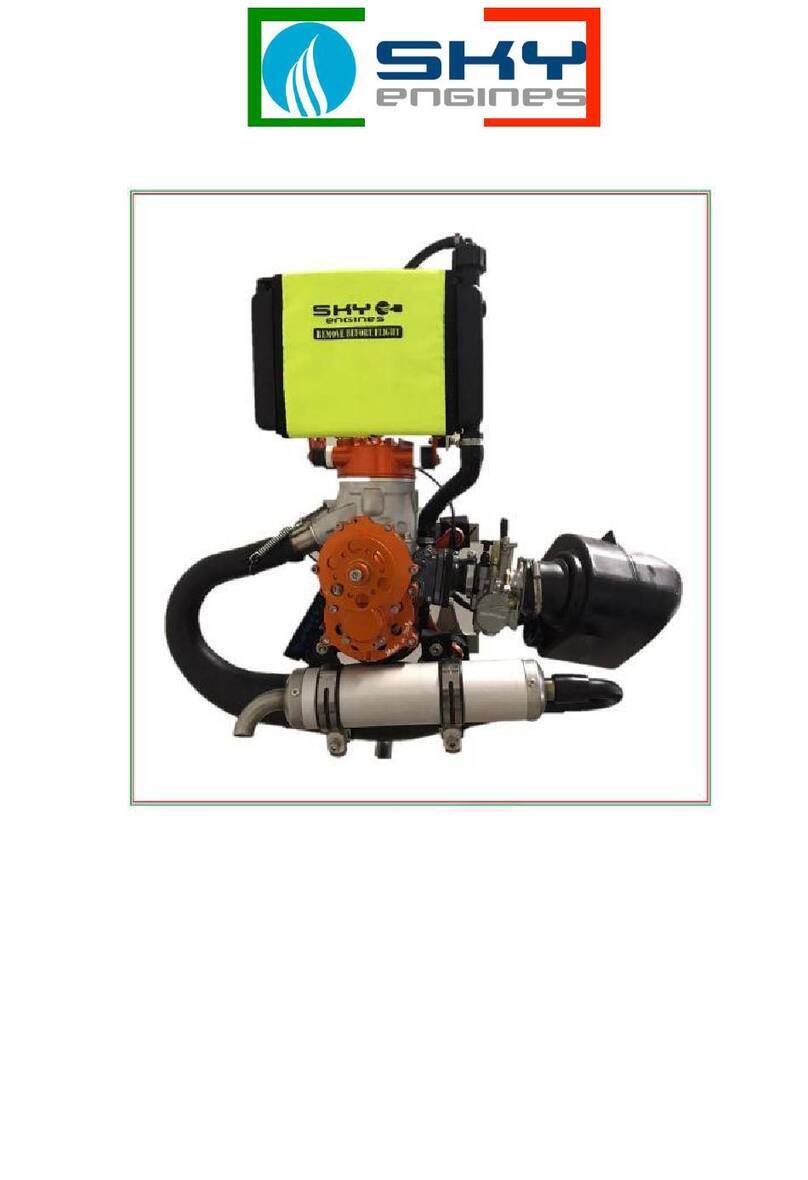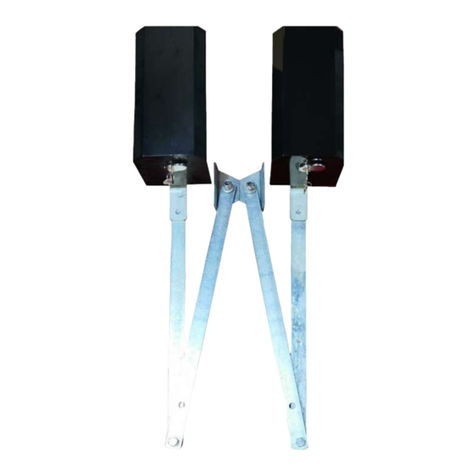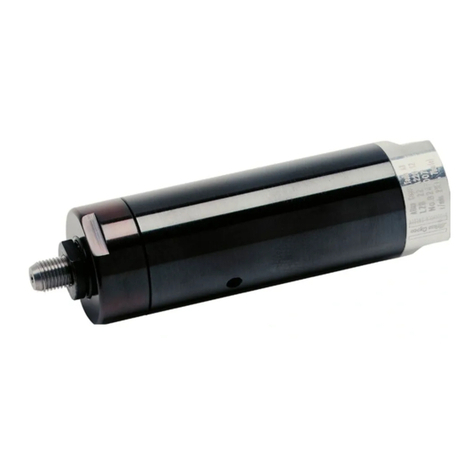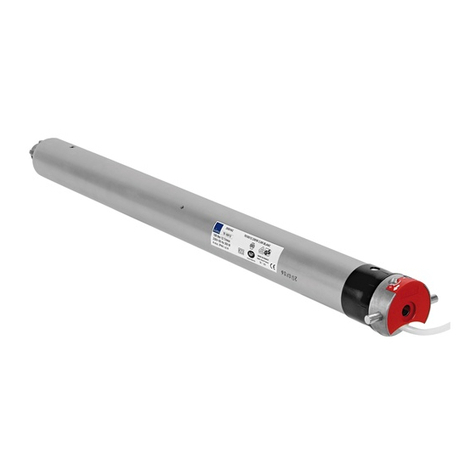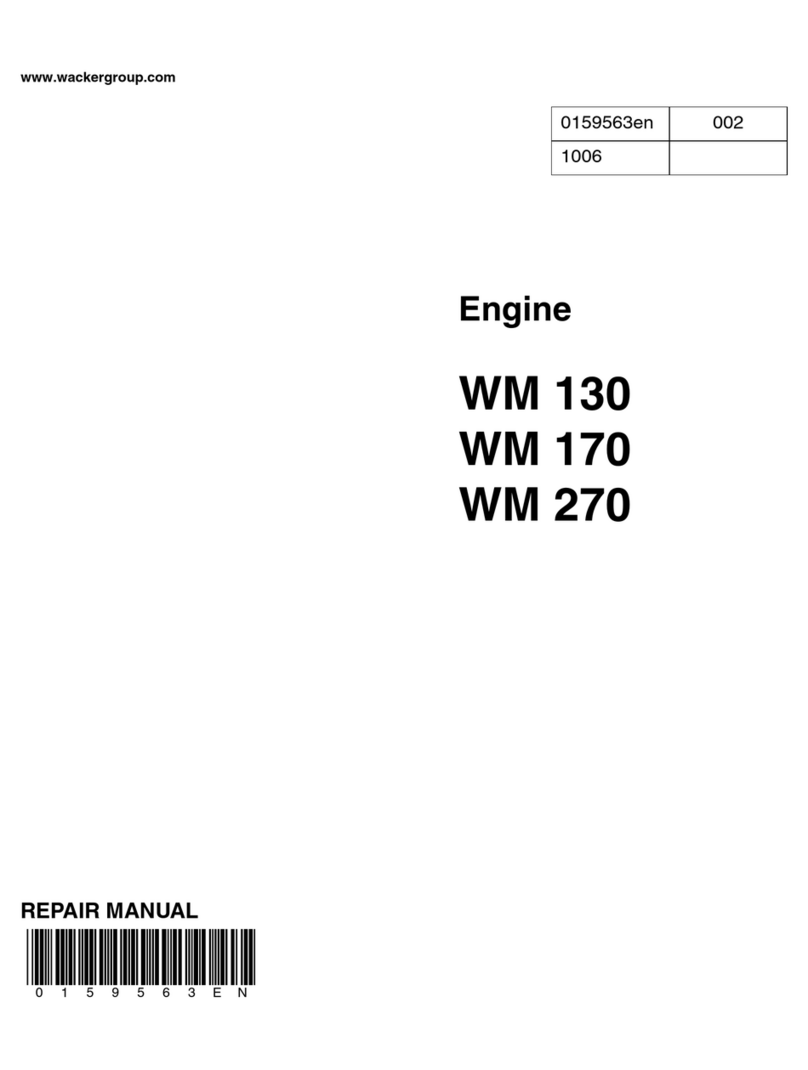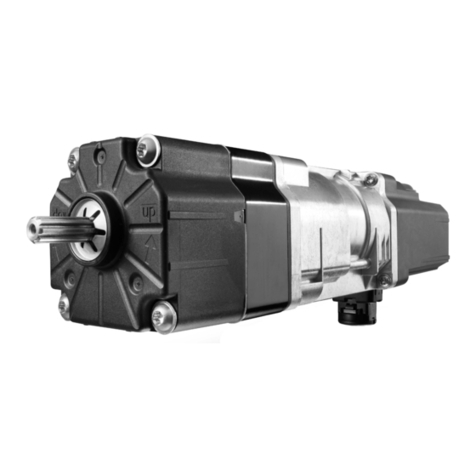SKY Engines SKY 150s User manual

SKY 150s
INSTRUCTION MANUAL

INDEX
1.0 INTRODUCTION
•
1.1 General warnings
•
1.2 Recommendations for the prevention of accidents
2.0 DIRECTION FOR USE
•2.1 Fuel
•2.2 Running - in
•2.3 Starting the engine
3.0 TECHNICAL SPECIFICATIONS
•3.1 Engine illustration
•3.2 Technical specifications
•3.3 Assembly of secondary components
•3.3.1 Special assembly instructions
•3.3.2 Radiator
•3.3.3 Rods and silent block
•3.3.4 Clutch
•3.3.5 Starter
•3.3.6 Muffler
•3.3.7 Silencer
•3.3.8 Laminar bundle
•3.3.9 Carburetor
•3.3.10 Reduction
4.0 MAINTENANCE
•Cleaning
•Topping up liquids
•Adjustment
•Schedules and general recommendations
5.0 SPARE PARTS
6.0 WARRANTY
•Requirements
•Warranty Certificate

1.0 INTRODUCTION
Thank you for purchasing a SKY150s engine, developed and manufactured by
SKY ENGINES.
WE ADVISE YOU TO CAREFULLY READ THIS MANUAL AND FOLLOW ALL THE
MAINTENANCE INSTRUCTIONS GIVEN BELOW BEFORE USING THE ENGINE
IN ORDER TO AVOID SEVERELY DAMAGING IT.
If you require more information, have queries or need to purchase spare parts,
please contact us byphone or e-mail using the contact details printed on the cover.
We thank you for the attention, wish you the best of fun and hope you are satisfied with
yourpurchase.Best regards,
Sky Engines s.r.l.
1.1 GENERAL WARNINGS
• SKY ENGINES shall not be directly or indirectly liable for the use of the engine, especially if it
is altered or tampered with by third parties.
• MAINTENANCE IS ESSENTIAL to avoid severely damaging the engine. Therefore, we
advise you to CAREFULLY read Chapter 4.0 of this manual and thoroughly follow all the
instructions. For information on damaged spare parts, see paragraph 3.3, which illustrates the
assembly procedures for all the secondary components that tend to deteriorate in time.
• SKY ENGINES shall not be liable for damages caused by an inaccurate maintenance or
incorrect assembly, except for the replacement of components covered by the warranty.
• The engine has a maximum capacity of 90-120 Kg, which means that it is able to transport a
person with a maximum body weight within these parameters. The use of the engine to transport
heavier weights may cause problems to the trimming.
• It is advisable to perform all the inspections required in order to verify that the engine is safe
and in good working order before flying.
• Technical alterations made by the user, though permitted, are full responsibility of the user.
Spare parts used for said alterations shall not be covered by warranty.
• Alterations carried out by the user or the removal of original spare parts may jeopardize the
safety of the engine..

• SKY ENGINES reserves the right to change models and/or catalogues without warning
and without any whatsoever obligation. Further information is provided on Web site
www.skyengines.com
• Aircraft driven by this engine must be used in open spaces only and in areas
reserved for these activities. The user must be aware of all the hazards connected with
the use of this engine and be aware of the fact that it may accidentally switch off.
• For detailed information on the warranty terms, see Chapter 6.0 in this manual
1.2 RECOMMENDATIONS FOR THE PREVENTION OF ACCIDENTS
As the use of this engine can be very dangerous, it is important to adopt all the necessary
precautions both during, before and after the flight in order to avoid severe accidents.
We advise you to follow the general precautions illustrated below in order to avoid damages or
accidents.
• As the engine does not solve all flying problems, it is important to avoid risky moves. One of
the most common mistakes is flying above areas that do not allow you to land at very low
heights. It is always important not to underestimate the possibility of faults and the need of
having to make an emergency landing.
• Always take into account that the lack of thrust of the engine may affect the flight stability.
- Pay particular attention to swinging movements caused by the change of trimming that cause
falls of 4-5 meters.
- As the engine could switch off at any time, it is important to make sure you are able to perform
an emergency landing if required.
• ALWAYS avoid flying above water for your own safety and in order not to damage the engine.
2.0
INSTRUCTIONS FOR USE
WARNING!!
This is not a certified engine!
It is intended to be used for experimental and not certified engines.

2.1 FUEL
The SKY150s is a 2-stroke engine which CAUTION!!!
needs a fuel mix of PETROL IS AN EXTREMELY
petrol-oil. FLAMMABLE AND
EXPLOSIVE SUBSTANCE.
Remember in 2-stroke engines CARRY OUT THESE OPERATIONS
it is extremely important to have correct OUTDOORS, IN A WELL VENTILATED
PLACE
carburation, and therefore the correct mix of fuel WITH THE ENGINE OFF.
to avoid piston seizure, not covered DO NOT SMOKE, DO NOT CAUSE
by warranty. SPARKS OR OPEN FLAMES IN THE AREA
WHERE FUEL IS
ATTENTION!! STORED; KEEP OUT OF CHILDREN’S
MIX PETROL AND OIL IN REACH.
A RATIO OF 3% USING TOP QUALITY
SYNTHETIC OIL FOR 2-STROKE
ENGINES.
Pay attention to the excess quantity of oil, CAUTION!!!
and lack of it IN BOTH CASES NEVER MIX DIFFERENT OILS
IT COULD DAMAGE THE ENGINE. TOGETHER.
You are advise
d to use 100% synthetic oil
BARDAL KITS, already tested by our
mechanics.
PERIOD
PERCENTAGE
OF OIL
RUNNING IN 3-3.5%
SUBSEQUENT
2.5%
The instructions for use in this manual refer to the production model at time of print;
each type of change will not be directly notified to the buyer, but anyone looking for
explanations on product development can check out the information you want on the
website www.skyengines.com

A good breaking-in ensures a long life of the engine and enhances the performance of its
components.
Use the engine very carefully during the first 3 hours of flight.
Do not use the engine at maximum power for extended intervals of time.
Do not keep the accelerator in the same position for several seconds; in this case it is
preferable to open and close the accelerator without increasing the elevation in order
not to force the engine
Use the engine for 10 minutes at a time, then allow it to cool.
Repeat the same operations every time you check the engine.
THE BREAK-IN PERIOD CAN BE CONSIDERED COMPLETED AFTER 3 HOURS OF FLIGHT
OR THE USE OF 10 LITERS OF FUEL!
2.3 STARTING THE ENGINE
SKY110S engine is started by a manual starter. It must strongly pull the rope and avoid to
flooding the engine.
2.2 RUNNING - IN
WARNINGS!
• The exhaust gases of the engine
contain carbon monoxide, which can cause
death. DO NOT START THE ENGINE
INDOORS. ALWAYS VERIFY THAT THIS
OPERATION IS PERFORMED OUTDOORS IN
ADEQUATELY VENTILATED AREAS.
• Always start the engine after it has
been completely assembled as the lack of
some components could cause severe
damage.
• Always handle the propeller with
utmost care at it may reach very high
speeds to the point of becoming hardly
visible. Always maintain a safety
distance.
If the engine is cold, always wait
a few minutes after start-up to
heat the engine and accelerate
at regular intervals to avoid
damaging it.

3.1 FIGURE OF THE ENGINE
1: CYLINDER SK006 11: MUFFLER SK033
2: RADIATOR CAP SK013 12: IGNITION COIL SK040
3: RADIATOR SK010 13: RADIATOR’S HOSES SK011/012
4: LAMINAR BUNDLE SK021/24/26 14: DRAIN RESERVOIR SK014
5: MUFFLER SEAL SK043 15: RADIATOR RODS SK017
6: HEAD + COVER SK007/08 16: GUARD SK001
7: TANK CARBURETOR SK019 17: SPIDER SK032
8: MUFFLER MAINFOLD SK045 18: MANUAL STARTER SK036
9: REDUCTION GEAR SK031 19: SILENT BLOCK SK015/016
10: SILENCER SK041

3.2 TECHNICAL SPECIFICATION
TYPE SINGLE-CYLINDER 2 STAGE ENGINE WITH LIQUID
COOLI
NG
SWEPT VOLUME:
150 CC
MAX POWER 28 HP @ 10500 RPM
MAX. RATED
SPEED:
10500 RPM
BORE 58 mm
STROKE 55 mm
REDUCTION MECHANICAL 1:4 OIL LUBRICATED
THRUST:
78/80 Kg WITH THREE CARBON BLADES 130 cm AT 11800
RPM
(TESTS CARRIED OUT ON THE BENCH, WITHOUT FRAME
WITH A TEMPERATURE OF 22 ° C AT SEA LEVEL)
CARBURETOR 28 TANK
TOTAL WEIGHT: WITH LIQUIDS 14 Kg
EGT: 660 °C
CHT: 170°C
MAX COOLANT
TEMPERATURE:
95°C
MAXIMUM
CAPACITY:
MAXIMUM WEIGHT OF USER: 90-120 Kg
CLUTCH DRY CENTRIFUGAL
* Test was made in optimal conditions at sea level after running – in
WARNINGS!
The general recommendations included in the Technical Specifications sections are very
important to prevent severe damage to the engine and for the safety of users. ALWAYS
FOLLOW THE INSTRUCTIONS GIVEN ABOVE AND DO NOT EXCEED THE MAXIMUM
VALUES SPECIFIED.

SKY ENGINES SHALL NOT BE LIABLE FOR INJURIES TO PEOPLE OR DAMAGES TO
PROPERTY ARISING FROM THE FAILURE TO FOLLOW THE AFOREMENTIONED
TECHNICAL SPECIFICATIONS.
3.3 ASSEMBLY OF SECONDARY COMPONENTS
3.3.1 SPECIAL ASSEMBLY INSTRUCTIONS
Engine SKY150S is more complex than other models and a greater experience is therefore
required to assemble its components and specifically its internal ones. As the engine is liquid
cooled, the assembly of the components that use the radiator's coolant requires the
implementation of specific tasks that only a skilled mechanics is able to carry out.
Therefore, all users who are not specifically skilled or trained to perform these operations
SHOULD NOT TOUCH THE ENGINE EXCEPT FOR ORDINARY MAINTENANCE
OPERATIONS, WHICH SHOULD BE PERFORMED FOLLOWING THE DETAILED
INSTRUCTIONS SPECIFIED BELOW. DO NOT IMPROVISE OR ATTEMPT TO MAKE
UNAUTHORIZED CHANGES THAT COULD DAMAGE THE ENGINES NOT COVERED BY
WARRANTY.
• Unauthorized changes could make the engine highly unstable!
• Replace the components of the engine with original SKY ENGINES spare parts to guarantee a
reliable operation.
3.3.2 RADIATOR(see also 3.3.3 RODS SILENT-BLOCK)
Mount the special silent
blocks on the radiator and
then the brackets on the
silent blocks (on both sides).

Then mount the tank as shown.
Place the radiator on the cover and put the tubes in their respective outlets as shown below.
Check the fitting positions and insert the clamp straps as in the photos.
3.3.3 SILENT BLOCK STAFF.
Fit the teflon plate and then the
silent blocks on the cover as
shown in the figure.

Mount the brackets on the silent block of
the cover and the silent blocks on the
brackets.
Place the tank on the bracket and screw the nut without tightening it, just to see the tip of
the screw that goes out as in the figures to the side.
Finally mount the radiator on the silent blocks.

3.3.4 CLUTCH
Before mounting the clutch make sure you have the following pieces.
Place the spring in the seat of the pile and place the clutch body as shown in the figure.
Do this also on the other side.
Place the whole in a vice by helping to fix it from a cylindrical body by matching the holes
of the clamp and clutch body and pushing the pin as shown in the following figure.

Place the pins on both sides,
also place the washers and
nuts put a loctite handle to
block the threads.
Tighten the nut without tightening the clutch body completely, leaving the relatively free mops
in the picture.

3.3.5 OVERALL IGNITION UNIT
Take the flywheel and ensure everything needed is present, i.e. ratchets, screws and springs.
Ensure the parts in question are clean.
Position the spring in the specific hole
and in the flywheel guide as in the
photo to the side.
Rest the ratchet and ensure it fits
with the spring.

Position the threadlocker and the specific screw provided, tighten and ensure the ratchet
remains free to rotate as in the 2 following photos.
Grease the spring carefully.
Couple the serrated pin with the spring,
fitting the latter in the specific slot.

Position the spring-serrated pin unit in the specific compartment of the pulley, also here fitting
the spring in the specific slot of the pulley. Then, screw in the grid as shown in the figures below.
Insert the small spring from the other side of the pulley. As before, fit the spring well in the
specific compartment.

Insert the cord in the hole of the pawl; tighten the grub screw on the cord, then insert it in the
hole of the pulley. Lastly, fit the pawl in the specific hole on the pulley and wind the cord 8
rotations in the pulley as shown in the figures.

Position the rope in the specific hole of the cup. Insert the ignition unit assembled in the cup and
connect the end of the small spring to the cup.
Insert the bushing as in the figure and tighten it to the serrated pin.

Lastly, check everything is assembled correctly by pulling.

3.3.3 MUFFLER
Mount the 3 washers bend over
the bands and sort them as in the
figure.
Complete the muffler as shown in
the figure
Apply copper grease to the inner rim of the muffler manifold, then place
the muffler on the manifold at the glue, pushing the manifold on the manifold
as in the following figures.
Table of contents
Other SKY Engines Engine manuals
Popular Engine manuals by other brands

Robin America
Robin America EX30 Service manual
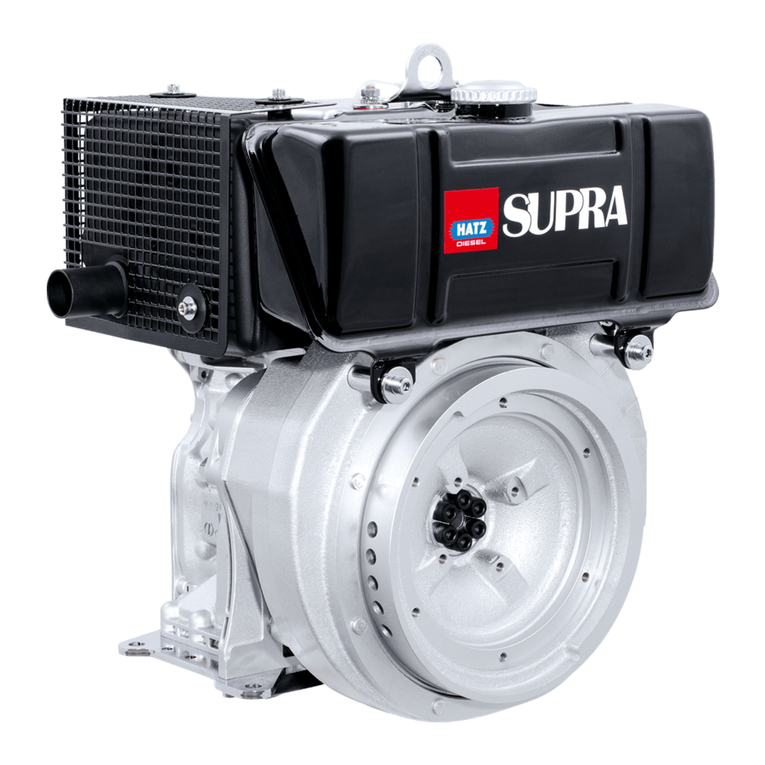
Hatz Diesel
Hatz Diesel 1D30 S Workshop manual

EMAK
EMAK K 2400 ADV V-TWIN Operators instruction book
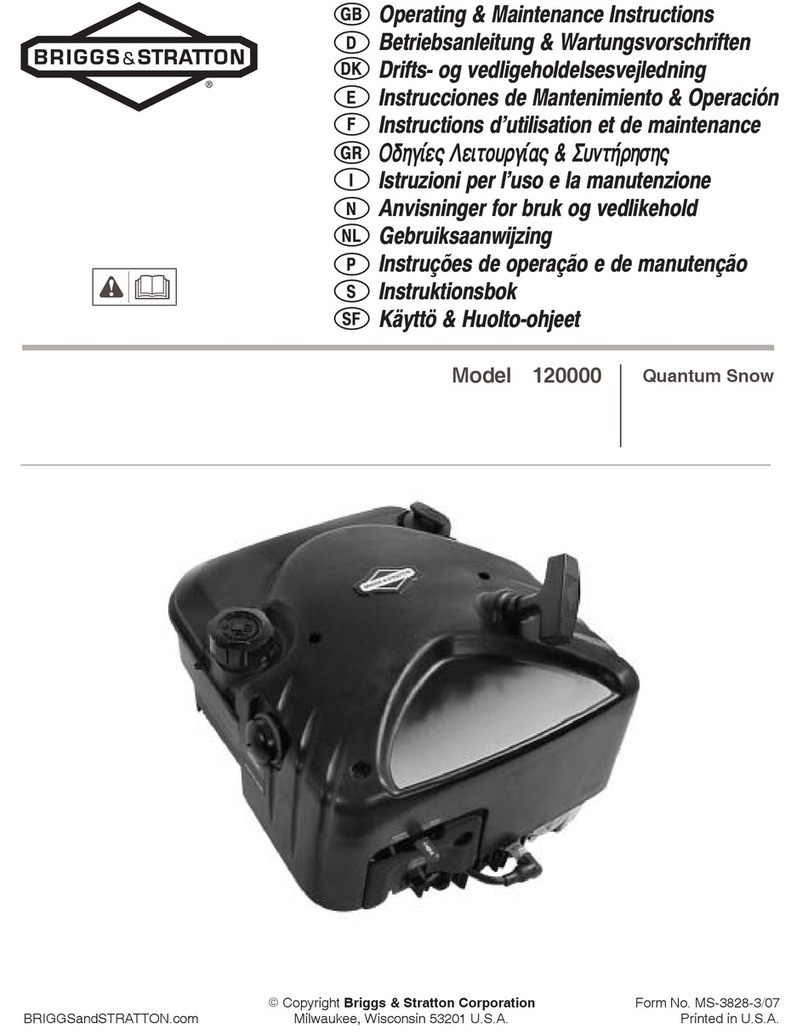
Briggs & Stratton
Briggs & Stratton 120000 operating & maintenance manual
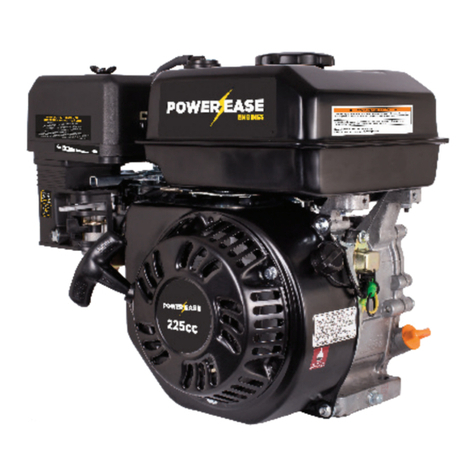
POWER EASE ENGINES
POWER EASE ENGINES 225 user manual
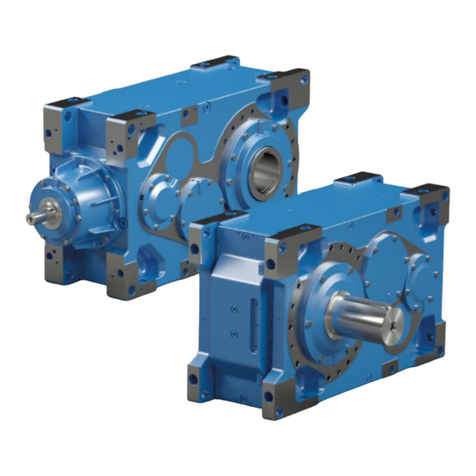
nord
nord B 1050 Manual with installation instructions
